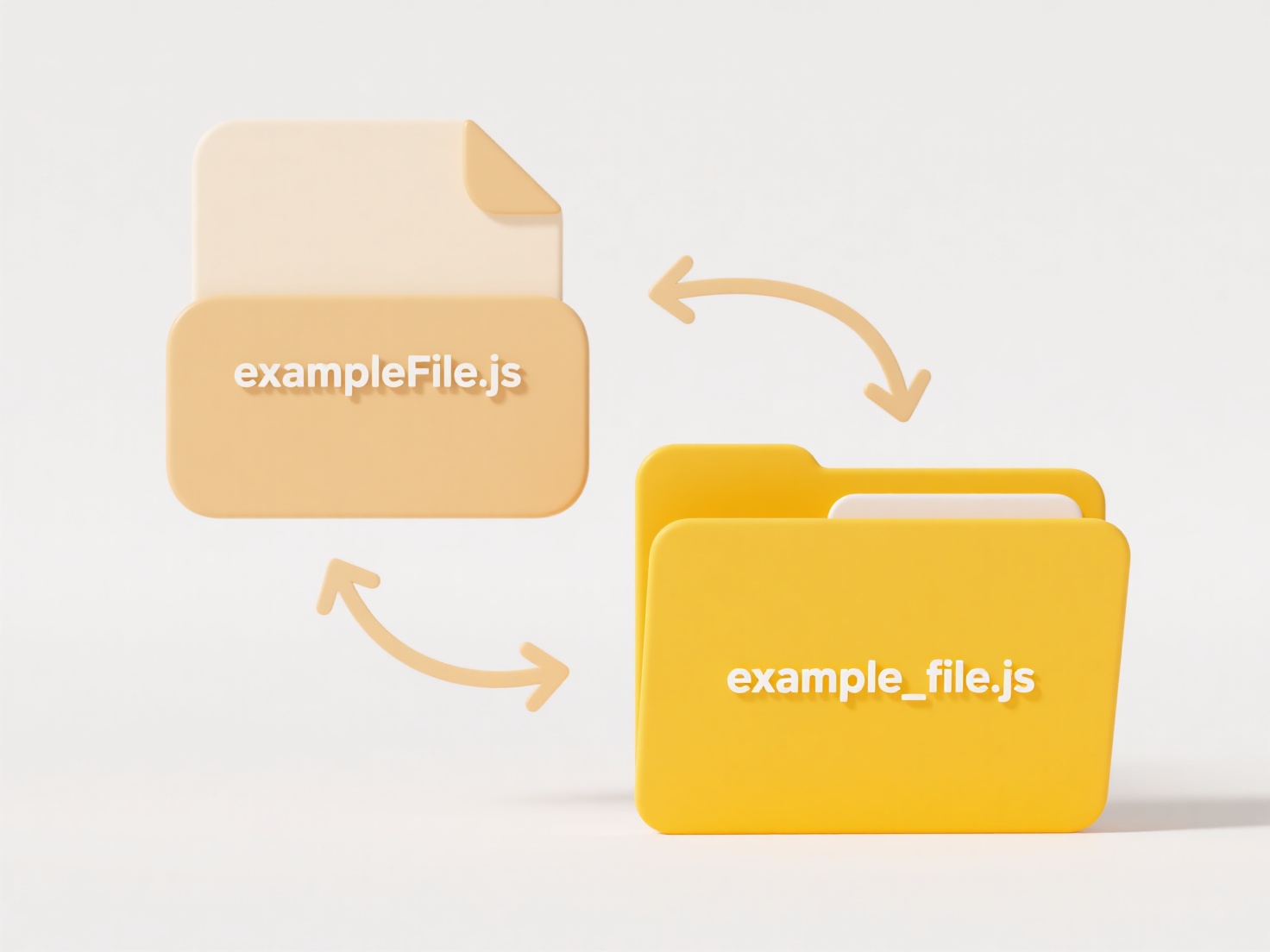
Embedded media refers to audio, video, or other multimedia files stored directly within a presentation file itself. Unlike linked media (which points to an external file on your computer), embedded media becomes part of the presentation document. This means opening it generally involves simply clicking the media object (like an audio speaker icon or a video thumbnail) during slideshow mode, or double-clicking it in edit mode. The application handles playback internally using its built-in capabilities or installed codecs.
For example, in Microsoft PowerPoint, users typically click a video or sound icon while presenting the slideshow to start playback. In Google Slides, an embedded YouTube video is played by clicking its thumbnail icon during the presentation, launching the video within the slide frame. These methods are standard for opening embedded content during live presentations or previews within both online and desktop presentation tools.

The key advantage of embedded media is presentation portability; since the files are contained within the presentation, there's no risk of broken links. However, limitations include larger file sizes and potential playback issues if the presentation software lacks the necessary codecs. Ethical implications involve ensuring the presenter has the rights to embed and present the copyrighted content. Future integrations increasingly rely on cloud streaming (like embedded YouTube) to overcome file size and compatibility limitations.
How do I open embedded media in a presentation?
Embedded media refers to audio, video, or other multimedia files stored directly within a presentation file itself. Unlike linked media (which points to an external file on your computer), embedded media becomes part of the presentation document. This means opening it generally involves simply clicking the media object (like an audio speaker icon or a video thumbnail) during slideshow mode, or double-clicking it in edit mode. The application handles playback internally using its built-in capabilities or installed codecs.
For example, in Microsoft PowerPoint, users typically click a video or sound icon while presenting the slideshow to start playback. In Google Slides, an embedded YouTube video is played by clicking its thumbnail icon during the presentation, launching the video within the slide frame. These methods are standard for opening embedded content during live presentations or previews within both online and desktop presentation tools.

The key advantage of embedded media is presentation portability; since the files are contained within the presentation, there's no risk of broken links. However, limitations include larger file sizes and potential playback issues if the presentation software lacks the necessary codecs. Ethical implications involve ensuring the presenter has the rights to embed and present the copyrighted content. Future integrations increasingly rely on cloud streaming (like embedded YouTube) to overcome file size and compatibility limitations.
Quick Article Links
How do I lock folder hierarchies?
Locking folder hierarchies restricts access to entire nested directory structures and their contents. This typically inv...
Can I apply document classifications in the cloud?
Document classification, the process of organizing documents into categories based on their content, can indeed be appli...
What is a .bak file?
A .bak file is a backup file created automatically by software applications or manually by users to safeguard data. It a...